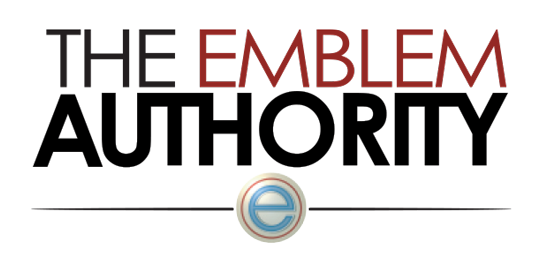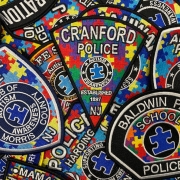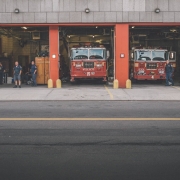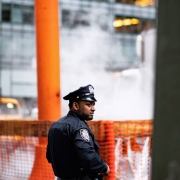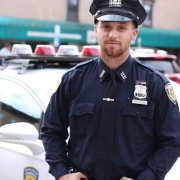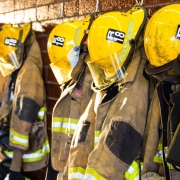Logos have a long history. They have been around since antiquity and are used to create emotional connections to a product. According to True List, the Stella Artois logo has been around for longer than any other, starting in 1366. Heraldic images are a type of logo designed to instill the ideas of antiquity. An emblem badge is a logo, but it also has some of the feelings of heraldry.
Simple Designs Last
The modern logo of CBS Television was designed in 1951 by William Golden. ABC and NBC have made significant changes to their logos since that time. CBS’s television logo has remained constant. It also became the logo for CBS Radio until its absorption into Entercom (now Audacy). When Golden offered to refresh the company’s logo in 1961, feeling it was growing stale, a CBS executive turned him down, saying that just when you’ve become tired of a logo is when it’s about to become timeless. We can see one of the most important rules of logos and the emblem badge: Resist the urge to tinker. A good design is going to last.
Use Lots of Prototypes
A good badge design is hard to get, and you’ll go through many options to get to your final version. The more versions of your badge are made during the design process, the more options you will have for the first down selection. The first time you select in terms of the number of options available, you will get rid of mediocre and some good designs. This is okay. Abandoning good ideas is part of the design process to get to the truly great ones.
Get A Lot of Feedback
You’ll get better outcomes when your stakeholders are involved in your emblem design. Once you’ve made your first selection from your original brainstormed options, you’ll be able to see more clearly what you have in terms of your best options. These are the options for an emblem badge that truly represents your public safety department and creates the most trustworthy image with the public. Finally, after not too much longer, it will be time to reveal the new emblem to the world.
Designing new emblems is tricky, but we’re here to help make it as pain-free as possible. Contact our design team to get started on your new emblem!
